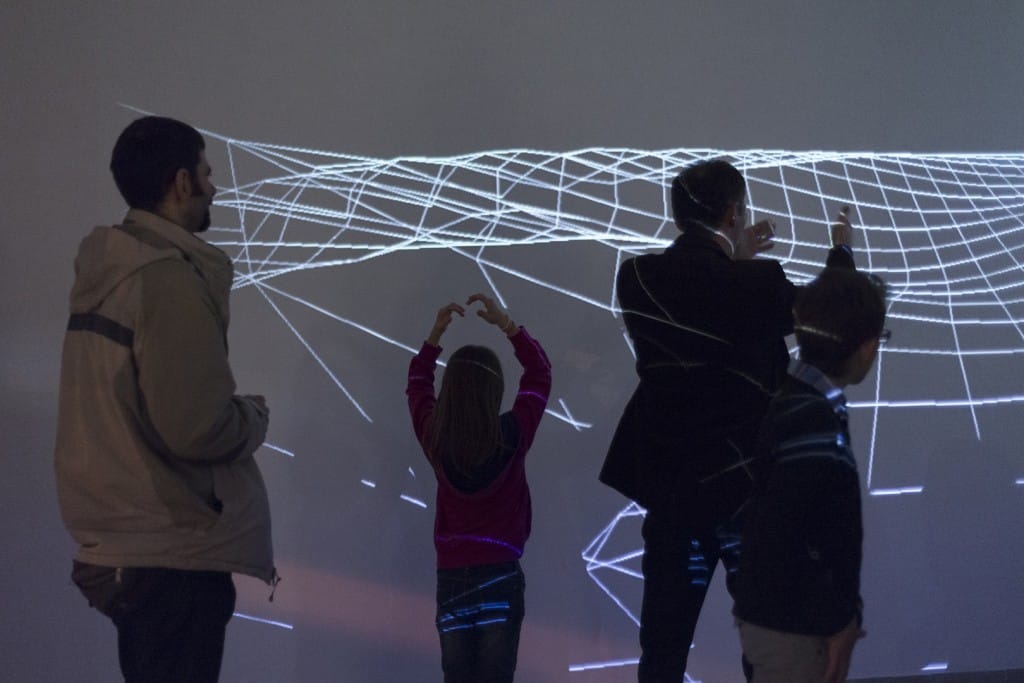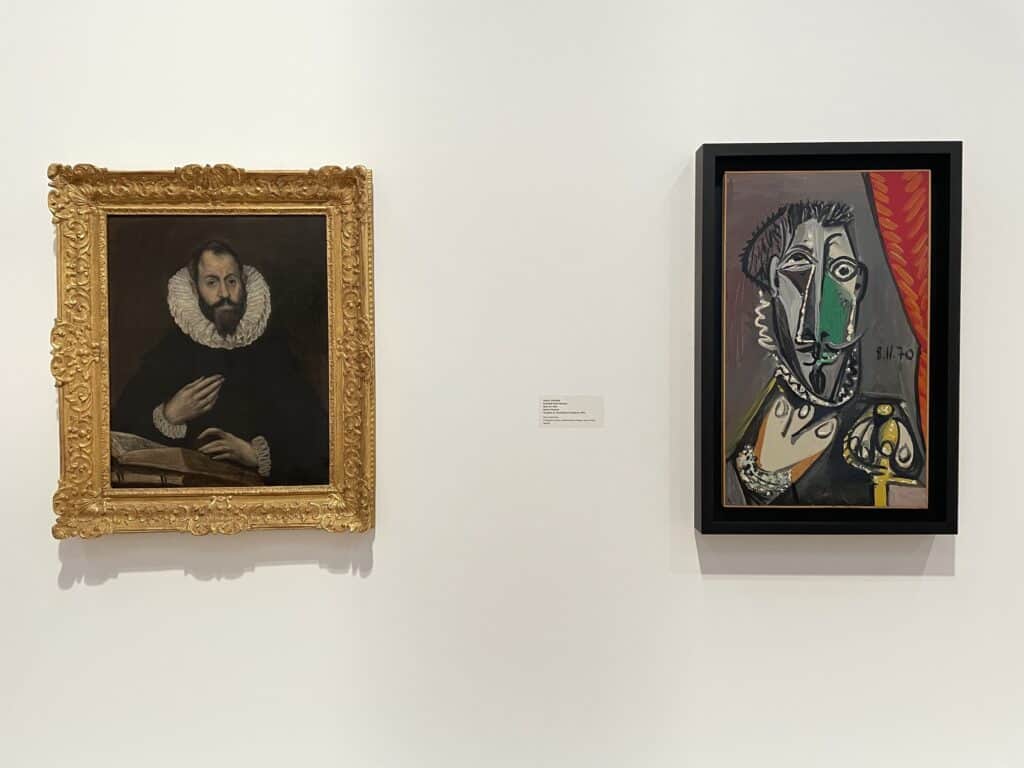Agnieszka Kulazińska is a curator for the Centre for Contemporary Art Laźnia in Gdańsk. She was interviewed by Monika Waraxa to present her approach towards the contemporary art ecosystem.

Agnieszka Kulazińska – curator for the Centre for Contemporary Art Laznia, Gdańsk, photo courtesy J.-Biela-Garrido
Monika Waraxa: What is your work about?
Agnieszka Kulazińska: It is about assembling art showcases and to be more specific about associating artists with ideas. It is also about animating a conversation, inviting artists, curators and last but not least engaging spectators. I think we shouldn’t forget about spectators and treat them solely as a target group or subjects. Spectators are a very important part of the creative process. In the latest art theories a lot of attention is paid to the art perception process.
MW: What kind of art issues interest you the most?
AK: To me art is both social phenomena and a method of interpersonal communication. On the one side there is an artist who creates certain messages, on the other side is a spectator who interprets it. This process is mainly based on randomness. I am also keen to overcome specific patterns of thoughts in the creative process. In 2009, I worked on the show “The Dump – Thought’s Recycling“. This project was very important in terms of art as a process and its construction. The idea of this project was based on a blog by a French artist Maurice Benayoun The Dump.net which is basically a dump of thoughts where he placed all kinds of concepts on his works: hypothetical ideas too difficult to be produced or not fully defined, fleeting concepts which emerge in the artist’s head every day. Within the scope of this show I have invited a few artists and asked them to develop Maurice’s ideas. “The Dump” was a unique experiment and concerned many issues on contemporary art such as redefining the artist, the art of interpretation and the role of curator. All those issues were represented in a form of the exhibition to pose some questions to spectators and provoke them to re-define concepts connected to it.
MW: Is there someone special in the art world who has influenced your point of view on art?
AK: Certainly, very important artist to me was Marcel Duchamp. His strategy of playing with the art world is very close to my heart. Duchamp was a chess player and he took a specific way of thinking (strategies) from chess to his art. He predicted spectators’ steps towards his works so he straightened and blocked them. Until this day his works break schemes, challenge spectators and draw them into an intelligent game. His works pose many questions and give only few answers. I also think that art is about posing questions, not voicing the only truth ex cathedra. It is about initiating a conversation, provoking critical thinking, breaking schemes. We are not able to control spectators. Reception of art is random. Stanislaw Lem in his “Philosophy of Chance” wrote that work is separated from the artist right after it is accomplished. It becomes independent and defenceless against the spectators intentions.
MW: Do spectators feel comfortable in the contemporary art world?
AK: Perception of contemporary art is often difficult so it can be uneasy for spectators to participate. It requires knowledge and preparation. The question is how to propose it to spectators and encourage them to be more engaged and active towards art? There are topics which can be talked over by specialists but would they be important for the spectators who take part in an art event? Sometimes there is too much of artistry in a curator’s work and a few possibilities to bring spectators closer to understanding art issues and animate the meeting of art works, spectators and artists.
In a project “Cities on the edge”, which I produced in 2013 it was very important to find ways to open the conversation. The main aim of that project was to introduce the art from geographically distant areas to Polish spectators. The question was how to lose our Eurocentric perspective? How to avoid trapping artists in contexts of European reality?

Cities on the edge, Bogota. A city on the edge, exhibition view, courtesy of CCA Laznia, photo Paweł Jóźwiak

Cities on the edge, Politics: I don`t like it but it like me exhibition view, courtesy of Daniel Silvo and CCA Laznia, photo Daniel Silvo
MW: Are you sometimes surprised with artists’ requests when producing art show?
AK: The work of the curator is a surrealistic routine…I could mention here many juicy examples like searching for an old concrete mixer in England or for a circus trampoline in Poland. The production of art in public space is a process filled with various adventures. For instance our ‘headquarters’ for the project “Under the bridge” was a hairdressing salon in Liverpool. The owner was a very nice man who allowed us to use the electricity there so we could proceed on the montage of a sound installation when the salon was closed up for the night. Cables, loudspeakers and amplifiers were mixed with the hairdresser’s tools. After that we took bold action and climbed on the wall to find the right spot for a work by Dorota Buczkowska.
Or when artist Ross Dalziel prepared an action in Gdansk a group of people went by kayaks on Motlawa, the river in Gdansk. German TV happened to be very interested in this project so a documentary was made on a spare kayak cleverly filled with all equipment, camera and speaker plus the journalist and cameraman.

Under the bridge, Dorota Buczkowska, Fountain, Liverpool 2009, courtesy Maciej Stępiński and CCA Laznia, photo Maciej Stępiński

Unwanted visitors, Robert Kuśmirowski`s installation view , City States/Liverpol Biennial 2012 courtesy CCA Laznia, photo Mark McNulty
MW: Perfect artist plus perfect curator – is this relationship even possible?
AK: Artist and curator are partners, their goal is to create an art work or an exhibition. Sometimes they need to reach a compromise on conditions, budget, costs, etc. Public money for art comes with lots of documents, papers to write and sign, which can be sometimes a real obstacle for the production process. A perfect match is possible when mutual understanding appears.
MW: Is the commercialisation of art a positive phenomenon?
AK: This is one of the elements of modernity. In 2011, I produced “Young Polish Artists on tour” project which was a part of artistic events accompanying the Polish Presidency in the European Union Council. The project was held in Berlin and in Madrid. It concerned many issues on the commercialisation of art including artist as celebrity and art as a label to promote a country. This project posed an ironic question: can young Polish art change the image of our country? Hence the reference to the ‘Young British Artists’ in the title of this project.
You need to be aware of certain processes referring to the commercialisation of art and approach them critically. Within the framework of the project “Young Polish Artists on tour” I have cooperated with Madrid’s gallery Espacio Trapézio, which is in the food market Mercado de San Antón. The owner of the building located by the market handed over the space to the artistic group Pensart. It could have been used as an exclusive restaurant. Instead artists had an opportunity to run non-commercial, cultural activities there. Artists weren’t delighted with this new venue but the opening was very successful. Lots of spectators attended, many of them were interested in the works of art presented. Mercado de San Antón is filled with people in the evenings and this was used very successfully by Espacio Trapézio to promote art and run a dynamic venue for cultural activities.

from left Izabella Jagiełło, Agnieszka Kulazińska, Javier Duero, Young Polish Artists on tour Espacio Trapézio , Madrid 2011, courtesy CCA Laznia
MW: What will be the art of the future?
AK: There will definitely be further development of new technologies in art, but it’s difficult to predict in what direction the world will turn and how art will respond to it. It is also very possible that there will be a return to art based on emotions and craftsmanship skills.
Proofreading by Jonathan Coe

An opening of Unwanted visitors, an exhibition within City States Liverpool Biennial 2012, Liverpool 2012, photo from CCA Laznia archive

An opening of Young Polsih Artists on tour in Espacio Trapézio, Madrid, 2011, photo from CCA Laznia archive
The Centre for Contemporary Art Laznia is one of the first cultural institutions founded in Poland in 1989 after the end of communism. Laznia was established by a group of independent artists who were opposed to the traditional forms of art. They took up an old bathhouse built in 1908 for the main venue. In 2012 a second venue `Laznia 2` was launched in Nowy Port district in Gdansk. It is also based in an old bathhouse, with a programme that includes workshops, concerts, screenings, talks, discussions, residencies and exhibitions of contemporary art. Currently the main focus of activities of art in public spaces is to do with the revitalization of Gdansk`s neglected districts. The “Art and Science meeting” is a long term project launched in 2011 for cross-disciplinary cooperation between art, science and technology.








